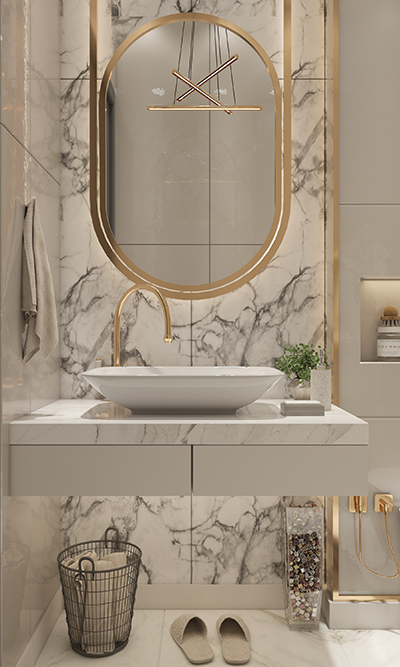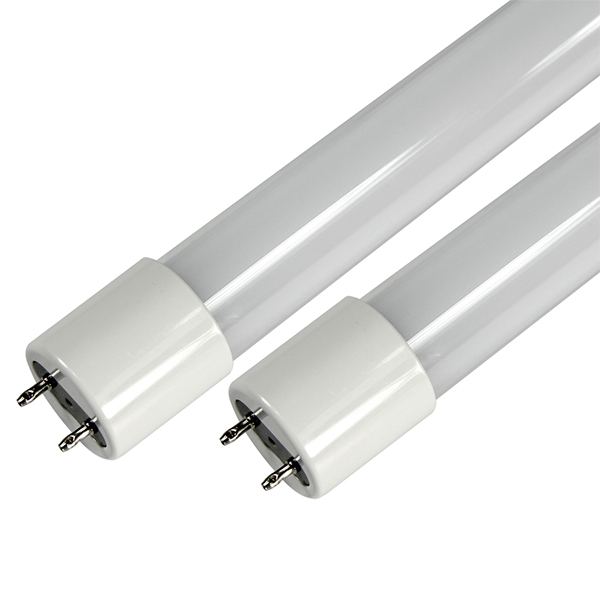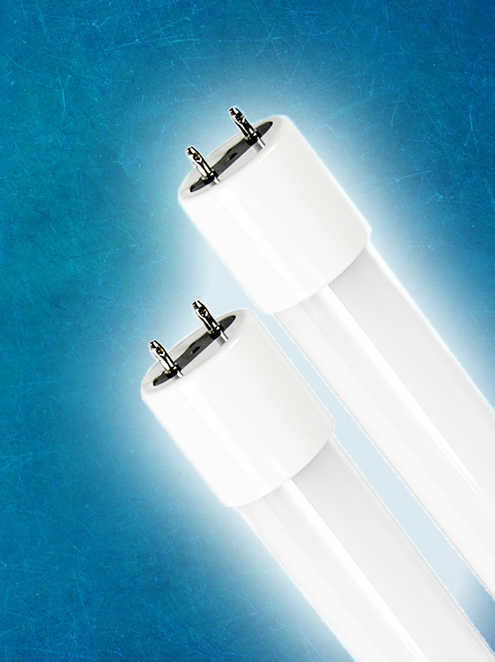On average, a newly installed faucet aerator is designed to use as much as 2.5 gallons of water each minute left running. While this may not sound like a whole lot initially, this can equal to thousands of gallons of water used and wasted by the end of the year. With wasted water comes wasted energy used to heat it, and rising costs for both. Installing a faucet regulator (also called an adapter) is a quick way to realize immediate savings on all three without losing pressure. Here are a few factors to consider when choosing the best one for you.
What kind of aerator does my faucet have?
Faucets are fitted with either male or female threading. A designated male aerator will have the threading on the outside of it. The standard thread size for a male aerator in the United States is 15/16”-27. The threading for a female aerator is placed on the inside of the aerator. Size is typically 55/64”-27. Once you know the type of aerator being adjusted, you can find the perfectly fitted faucet regulator. Additionally, adapters are available to convert the aerator from male to female, and vice versa.
Water Savings
Once you’ve looked over the kind of aerator to be retrofitted, the next subject to decide is the amount of water you’re hoping to save. As well as many threading options, a faucet regulator is available with many options for savings. The lowest amount of water that can be used through an adapter is 0.5 gallons per minute, and the largest flow rate is 2.2 gallons of water.
The regulators are designed with savings and pressure in mind to allow for the most savings without the loss of comfort. Simply twist in to your faucet or aerator, and you’re ready to start saving!










